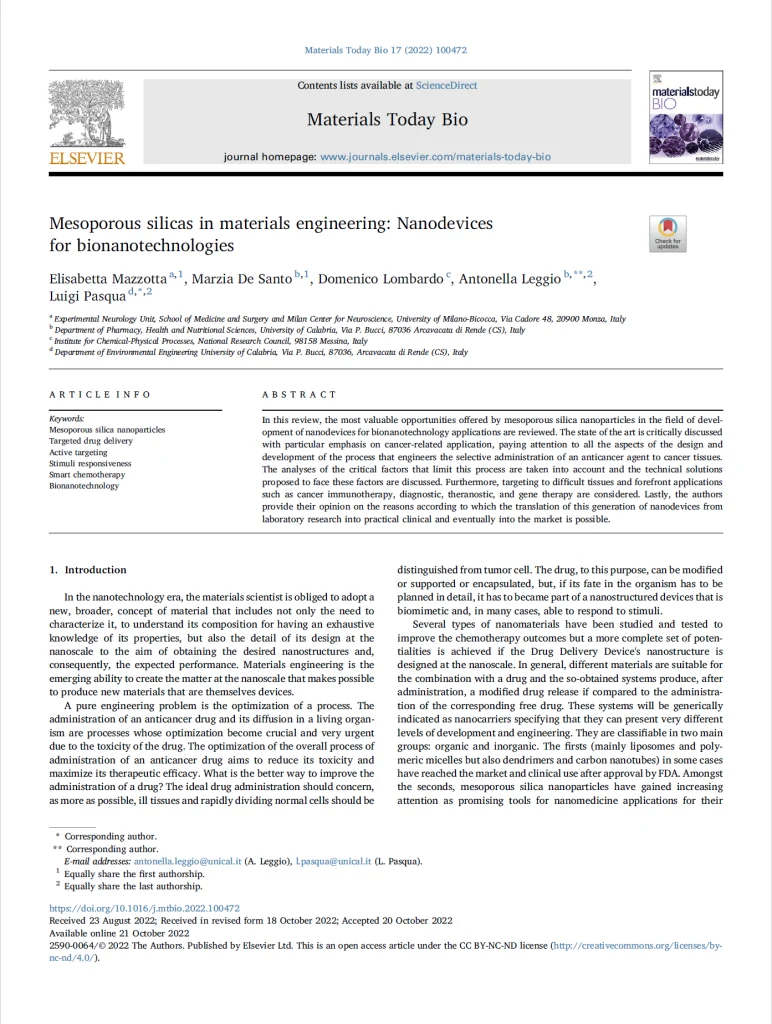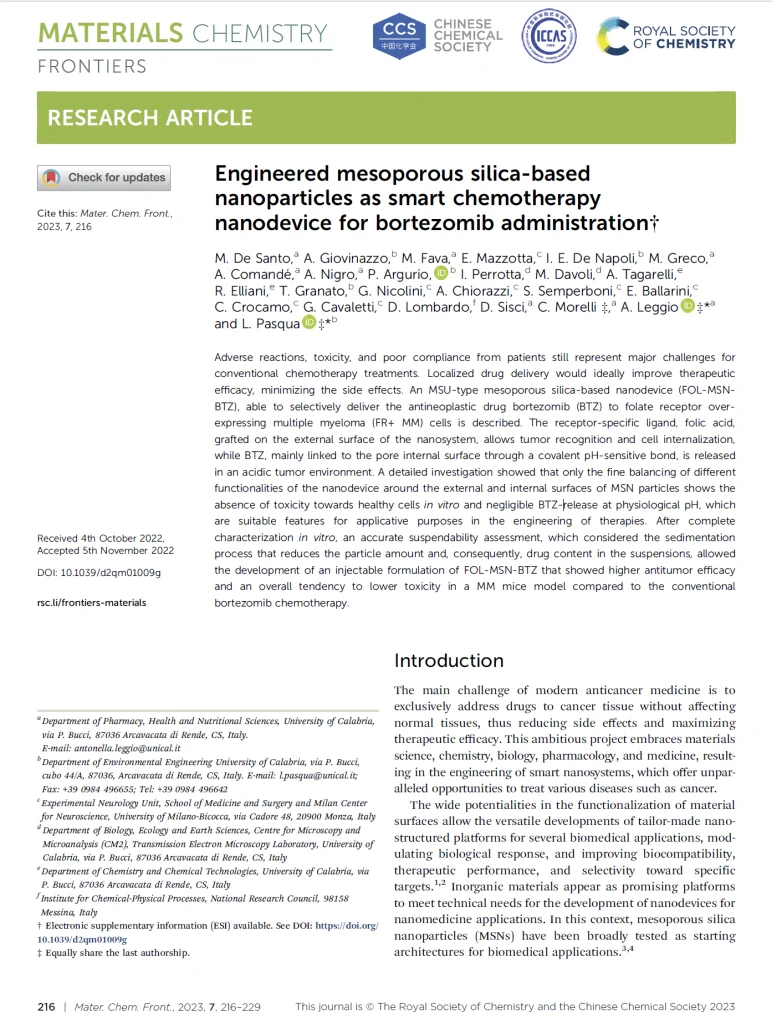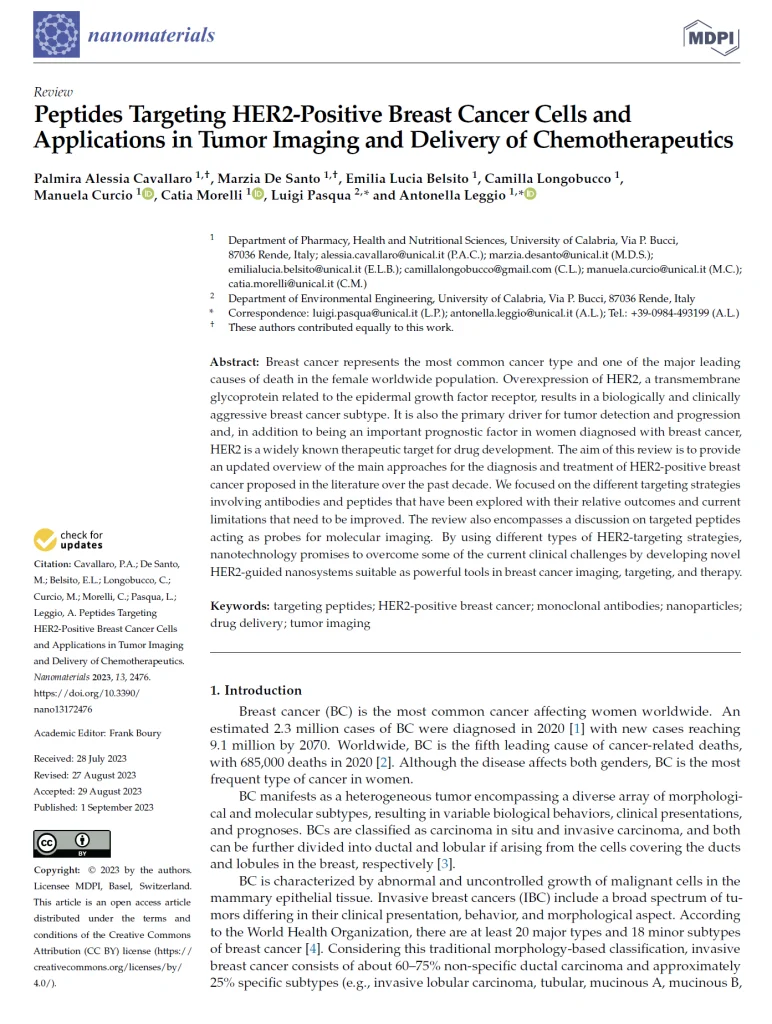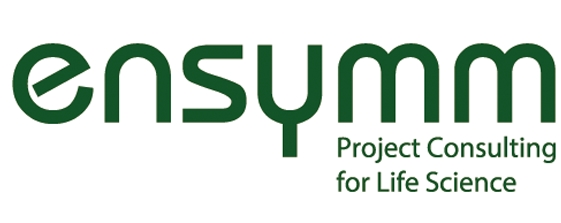MSN carriers of a pro-drug and a targeting function
Mesoporous silica-based nanodevices (MSN) bearing a targeting molecule on the outer surface and an antineoplastic pro-drug linked within the pores by means of a pH-sensitive bond, as vehicles for targeting and release of biologically active molecules, are developed to be employed in targeted therapy. Suitable nanostructuring of matter better than with polymers because of nanoarchitecture and surface reactivity. Their pH-sensitive bond provides pro-drug (a biologically inactive form) delivery through the bloodstream (pH 7.4), until nanosystems reach the target tissue (pH 4-5), where they release the active form of the drug.




 In 2017, Ensymm managed the investment of Sheik Mohammed Alemadi from Qatar in NanoSiliCal Devices. Since then, Ensymm entered a strategic partnership with NanoSiliCal Devices to generate further investment opportunities to support NanoSiliCal Devices R&D progress, so to reach the target to become a leading biotech company as silica-based drug delivery nanosystems developer.
In 2017, Ensymm managed the investment of Sheik Mohammed Alemadi from Qatar in NanoSiliCal Devices. Since then, Ensymm entered a strategic partnership with NanoSiliCal Devices to generate further investment opportunities to support NanoSiliCal Devices R&D progress, so to reach the target to become a leading biotech company as silica-based drug delivery nanosystems developer.